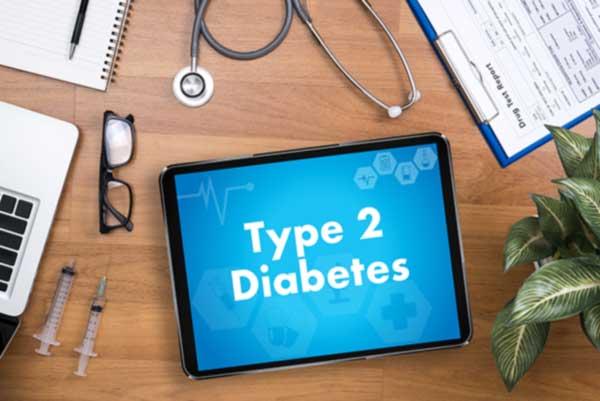Common Diabetes Emergencies You Should Know

Living with type 2 diabetes, which is also called adult-onset diabetes, means you’ll need to make some significant lifestyle changes to avoid type 2 diabetes emergencies. The condition affects just about every part of your body because it causes damage to your blood vessels and nerves. Most of the lifestyle changes revolve around ordinary day to day living and include measures such as taking regular exercise and eating a healthy diet.
Type 2 Diabetes Symptoms
Type 2 diabetes tends to creep up on people, unlike type 1 diabetes, which often has a sudden onset.
Symptoms of the condition include:
- Dry itchy skin
- High blood pressure
- Irritability or depression
- Extreme thirst or hunger
- Feeling fatigued or run down
- Blurred vision
- Mood swings
- Recurrent infections such as yeast infections or skin infections
- Cuts and bruises are slow to heal
- Unexplained weight loss
- Tingling or burning sensations in the feet, hands, or legs
- Rapid breathing
- Frequent urination
Various emergencies can crop up for diabetics, so it’s important to know what these emergencies are, what you should do immediately to help, and when to call for emergency care.
Heart Attack and Type 2 Diabetes Emergencies
Heart disease rates are up to 4 times higher among adults who have diabetes than among those who do not. This is because diabetes causes damage to the nerves and blood vessels, along with arteries, which supply the heart with blood.
Some of the symptoms of a heart attack include:
- Chest pain such as tightness, or a feeling of pressure or squeezing. The pain or discomfort can come and go, as well a being constant.
- Stomach pain, which can feel like heartburn.
- Anxiety, feelings like you’re having a panic attack although you don’t know why.
- Feeling short of breath. This can happen before you develop any chest discomfort. Alternatively, you may not feel any chest pain.
- Nausea and vomiting.
- Sweating, especially with skin that feels cold or clammy.
Getting regular cardio tests can help keep you informed on the condition of your heart, but if you experience any of the above you should call 911 for emergency care immediately.
Hypoglycaemia
Symptoms such as feeling shaky, sweating, or sudden changes in the way you feel emotionally can indicate hypoglycemia, which is when your blood sugar falls too low.
It is more common with people who take insulin, but people with either type 1 or type 2 diabetes can be affected. Immediate treatment includes bringing the blood sugar back up again with a fast-acting carbohydrate, such as juice or glucose tablets. If neither of these options is available, just eating something sweet is a good alternative.
Hyperglycaemia
Hyperglycaemia, where blood sugar is too high, can be caused by not taking enough insulin, being sick or stressed, or eating too much. Symptoms include feeling very thirsty, needing to use the bathroom more often, and having blurred vision.
High blood sugar can lead to a condition called diabetic ketoacidosis, which is an emergency condition that normally appears in people with type 1 diabetes. In people with type 2 diabetes, high blood sugar can cause nonketotic hyperosmolar syndrome.
Your doctor can help you create a plan that will keep your blood sugar levels stable.
Kidney Failure
Regular tests for protein in the urine can help to prevent kidney problems, which could lead to kidney failure. Some symptoms of advanced kidney failure include high blood pressure and a need to go to the bathroom more often during the night. It can also cause swelling of the ankles and legs and reduce the need for insulin. Kidney failure is a serious condition, developed by up to 40% of people with type 2 diabetes.
Vision Loss
Patients with diabetes should have regular eye checks since the condition is a leading cause of vision loss.
Any changes in how well you can see, including seeing spots in your eyes or vision becoming blurred, should be reported to your doctor or eye specialist as soon as possible. Laser surgery may be available to correct retinopathy if it is not too far advanced.
Stroke
People with diabetes are at higher risk of suffering from a stroke, so it is vital that sufferers, as well as their friends and family, are able to recognize the signs and symptoms:
- One side of the face may droop, so check to see if their smile is lopsided.
- Can they raise both hands over their head? They may have difficulty on one side.
- Can they speak clearly? Speech often becomes slurred during a stroke.
It is vital that anyone suffering a stroke gets rapid treatment, as there is only a three-hour window during which clot-dissolving drugs are effective. If you suspect anyone is having a stroke, call 911 for emergency care immediately.
See also:




